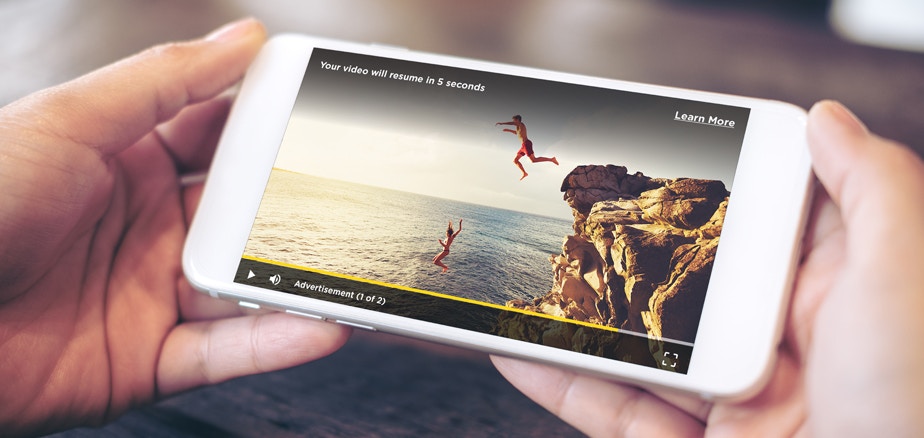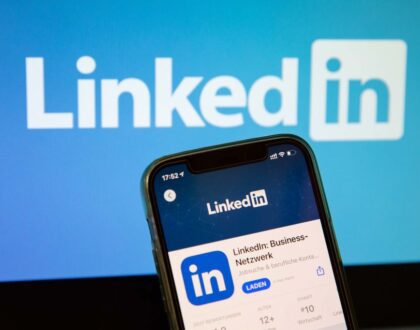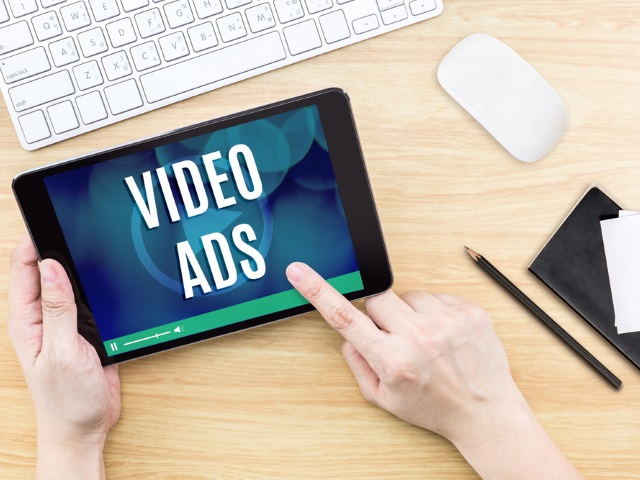Video Advertising : Meaning and Types of Video advertising

Over the last couple of years, the importance of Video Advertising & Branding has grown by leaps and bounds. So much so, that the format has dominated the digital landscape and become the most important asset in any business’s marketing strategy.
Who doesn’t love videos more than images or texts?
Right, NO ONE!!. And since many publishers allow viewers to skip a video after the first five seconds, those five seconds are critical. The most successful videos tell a story and find ways to grab a viewer’s attention without relying on a hard sell. New and emerging technologies like connected TVs and virtual reality create new spaces for the implementation of video ads.
Most advertisers run video advertising campaigns via walled gardens like Google and Facebook. But, many businesses are also including independent AdTech companies in their video ad strategies.
So, if you’re not creating video and using it on every platform or communication channel, you’re likely falling behind. Well, developing a video advertising campaign can be stressful, especially if you’re new to it. That is why video advertising is what we’re going to discuss today.
What is Video Advertising?
Video advertising is the process of inserting ads between videos – usually before, during, or after a video stream, known as pre-roll, mid-roll, and post-roll – or as standalone ads. A majority of video ads are bought, sold, and displayed programmatically using various targeting methods. They can also include interactive elements.
A video advertising strategy is how a company can use ads between videos to market itself. Besides, when it comes to video advertising, there are several opportunities. Creatively creating and publishing ads in new ways can take your video marketing program to new heights. The options are also endless – onboarding videos, knowledge-based videos, meet the team videos, support video calls, and customer stories are just a few ways that video can create a more thorough, personalized customer support experience.
Let us now look into the different types of video advertisements available.
Types of video advertisements
1. Outstream Video Ads
Honestly, it’s exhausting to create videos every day. Not everyone’s cup of tea for sure. Therefore, people then try taking a different approach to video marketing. This is where outstream video comes in.
Outstream video allows advertisers to place their video ads in display advertisement slots offered by websites or video creators. Now, it is true that these ad placements don’t have quite the same engagement level. But, they’re still more valuable than your standard ad placement because this ad is now integrated within the publisher’s website. So if the website ranks well with SEO, your ad is visible to a large number of people.
2. Instream Video Ads
Instream video ads are for people who make their videos. Then it’s very easy to pitch an ad in between your regular content. Videos are considered high engaging content, users want to watch them. So, brands are willing to pay top dollar to have this audience. The downside of instream video is that you need to have and maintain your video library to be able to run the ads.
3. Bumper Ads
Another format of YouTube video ads is short bumper ads. These ads last around 6 seconds. They can play before, in the middle, or after a video, and don’t allow skipping.
Typically, this style of YouTube video ad format is used to improve your brand awareness or reinforce brand image. Hence, bumper ads are helpful to make your audience remember you.
4. Facebook And Instagram Video Ads
There are a lot of different types of Facebook or Instagram video ads. You can place ads that appear in the newsfeeds of both platforms; in-stream in the other videos that users watch, or use paid Facebook and Instagram stories. Facebook and Instagram video ads are cost-efficient and can be targeted to reach a broad audience on both platforms. With Instagram reels, you can also use paid promotion to spread your reels online. The same video can also be uploaded on multiple platforms, just make it relevant to your brand. Follow trends, keep in mind your brand aesthetics, and you can easily promote your videos as ads on these social media platforms.
5. Floating Video Ads
Floating or slider video ads, cover the entire or a portion of the screen area but are always on screen while displayed. Users can click the X in the top right corner of the ad to close it and proceed to the webpage for which they’ve clicked a link. Interstitial ads do not involve a time component; users can click to dismiss the ad immediately. It’s a high-quality user experience that emphasizes user engagement. It also provides an opportunity for advertisers to engage with users that isn’t possible with traditional ads.
6. LinkedIn Video Ads
The targeted audience for LinkedIn video ads is more professional than, say, Facebook, or Instagram. So, it’s a great fit for B2B brands, or B2C brands targeting a professional consumer. Although, LinkedIn video ad campaigns can be a bit more expensive. If you were to run video ads every day at the minimum budget, the annual cost of LinkedIn video ads totals a very high amount. So, if you have a small advertising budget, you might not achieve the same flexibility as on Facebook or Instagram ads.
7. Native Video Ads
Native advertising is an advertisement or piece of paid content that blends in with the site it’s placed on. You may have seen this style of advertising in the form of a text-based advertorial. But it can be applied to video content too.
Marketers place native video ads on blogs, news sources, popular vloggers’ channels, social media networks, and beyond. They are incredibly customizable and provide value to a consumer who is already primed to enjoy the content.
Native video ads are a more custom solution. You may want to work with a content marketing agency like Trendy Online Solutions, which can help produce your native ad. Then, you can place it online somewhere that best aligns with your target audience.
8. OTT And Streaming Media Services
OTT is an acronym for “over-the-top”. It refers to an additional service that people can use to stream video content on a TV in addition to their broadcast or cable package. For example, if someone uses Netflix or Hotstar, they subscribe to an OTT.
That’s a huge potential reach for advertisers, and there are several different streaming services to choose from.
Conclusion
In this fast-paced world, we live in, it keeps getting harder and harder to get people’s attention. However, video can bring a captivating and original spin to your strategy. Whether it’s to share your brand’s mission, explain how your product works, or educate your audience, you can tell a compelling and memorable story with video content.
There are several things to consider when creating your video advertising strategy. Think about things like budget, who you’re targeting, the length and style of your video content, and what your overall business goals are. Lastly, consumers and customers prefer lower quality, “authentic” video over high-quality video that seems artificial and inauthentic.
Video advertising isn’t going anywhere – so jump in and get started with video if you haven’t already. If you need professional help with your video advertising needs, our experts at Trendy online solutions are always ready! We are the best video advertising company in Delhi and gurugram.
Give us a call today.
Recommended Posts

Why LinkedIn is good for Business?
December 17, 2021

Top web development languages in 2021
December 16, 2021


